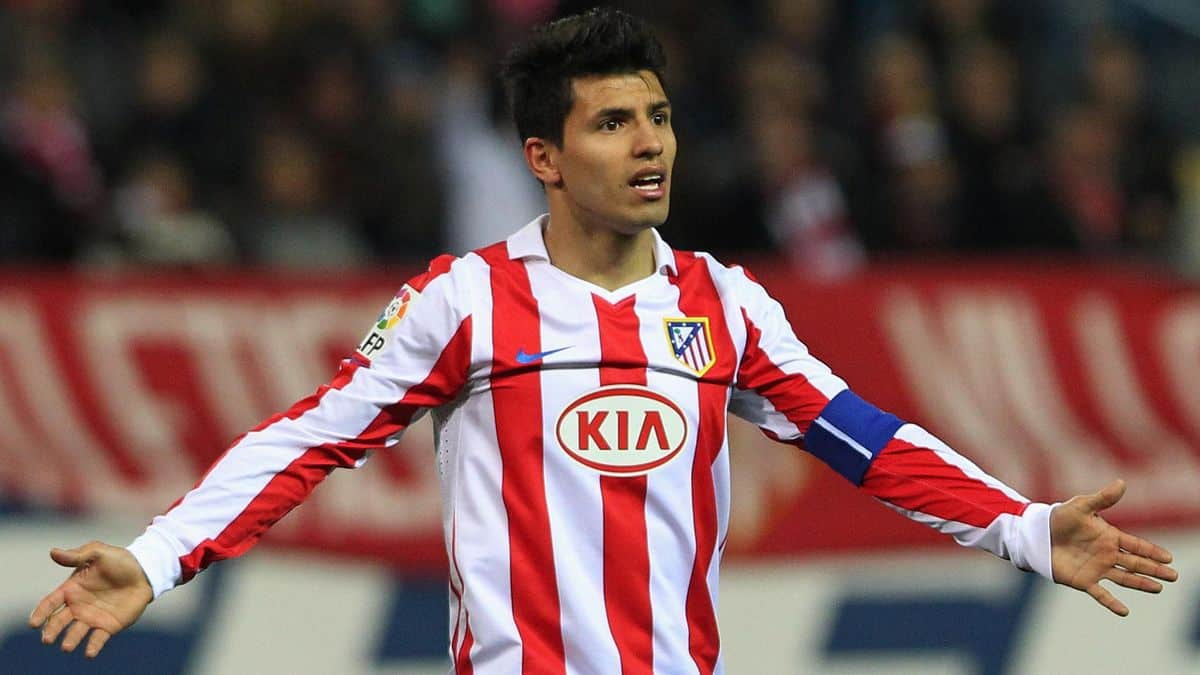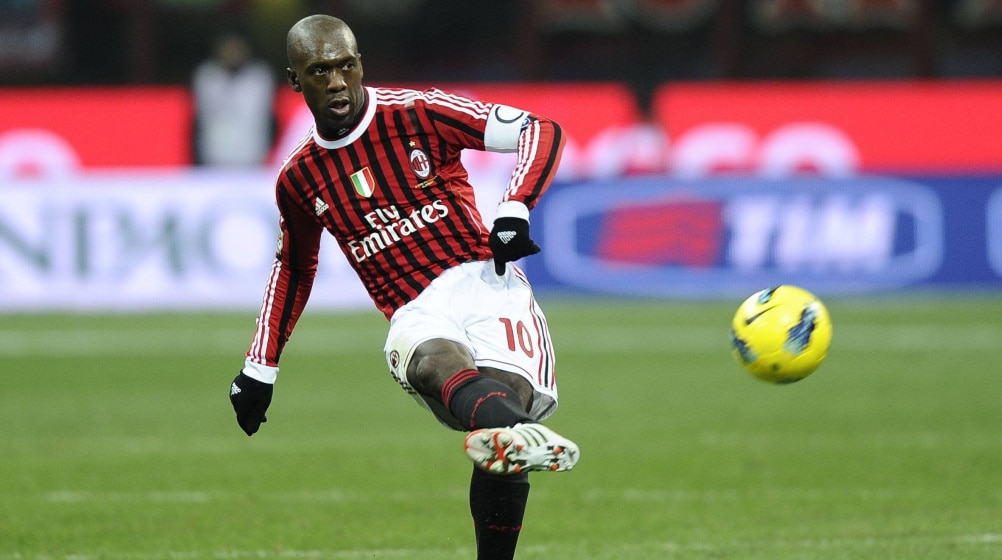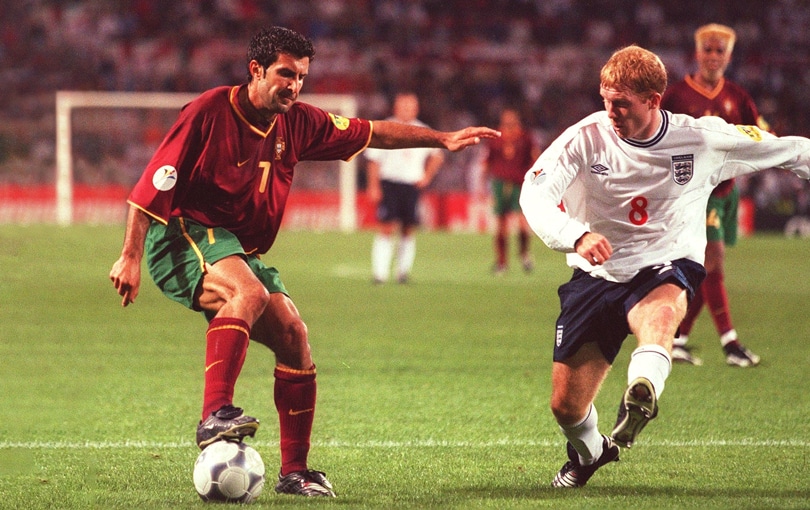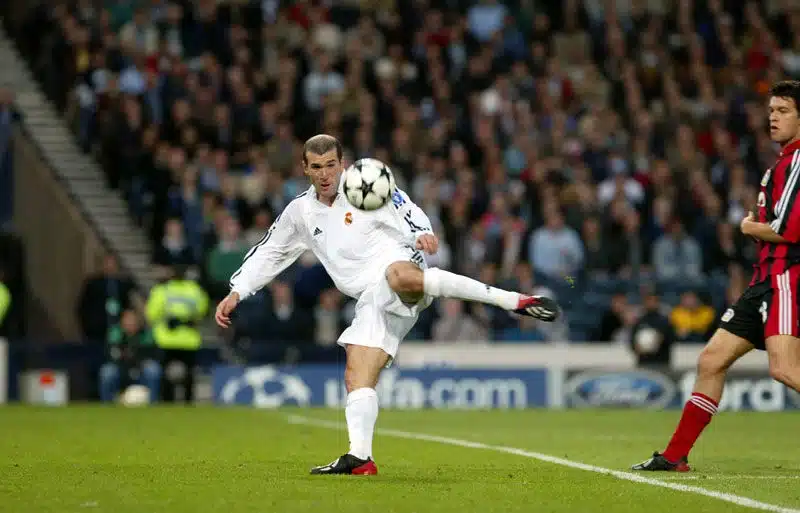
Football: The Wing-Back
Football has provided many tactical tweaks over many years and one of the biggest was the introduction of the wing-back position into modern football. In this article we will look back at the history of the position and some modern day examples of it being deployed successfully.
Wing-backs are usually deployed on the right or left side of a back three or a back five. In the past decade we have seen wing-backs being used in league winning sides such as Antonio Conte’s Chelsea side in 2016-17 as well as his Inter Milan team of 2020/21, who ended Juventus’ decade of dominance in Serie A.
Wing-backs help give a team width in attack, which causes the opposition defence to be stretched, often leaving space in behind. We see wing-backs scoring and assisting many goals due to their attacking threat.
History of the Wing-Back
Although wing-backs have been around in football as far back as the 1920’s, they did not become world renowned until the 1990’s after Argentina (using the 3-5-2 formation) and West Germany (using the 5-3-2 formation) both won the 1986 and 1990 World Cup Finals using wing-backs.
Argentina’s manager at the time Carlos Bilardo figured that since every other team is attacking with two strikers (4-4-2), “why do I need four defenders? A simple common sense dictated that three defenders are sufficient while allowing him to control the midfield with five players.”
Carlos Bilardo with his team’s talisman, Diego Maradona.
Modern Example of a Wing-Back in Attack
Euro 2020 showed many great examples of how to deploy wing-backs successfully.
Denzel Dumfries played at right wing-back for the Netherlands at the tournament and proved to be a massive attacking threat for the side.
Here we see Dumfries in the box late on as Netherlands chase a winning goal against Ukraine. This shows how wing-backs have great attacking mindsets, which causes problems for the Ukraine defence as they have another player to deal with in the box.
Dumfries continued his run into the box and found himself on the end of Nathan Aké’s cross to head in the winning goal of the match in the 85th minute.
To be a top wing-back, you need incredible levels of fitness, great timing and lots of pace to be able to get from one end of the pitch to the other in a matter of seconds. We saw a great example of this when the Netherlands faced Austria.
Dumfries has already pushed up and is anticipating the Dutch counter-attack. He is ready to make a bursting run into the Austrian half.
Dumfries’ run proved vital as he gave his teammate, striker Donyell Malen the option to simply pass it across for Dumfries to finish into an open goal.
Example of Wing-Back to Wing-Back Play
One of the matches of the tournament at Euro 2020 was Germany’s 4-2 victory over Portugal where the German wing-backs dominated the match. Germany’s wing-backs, Robin Gosens and Joshua Kimmich were directly involved in all four of Germany’s goals against the Portuguese.
For Germany’s fourth goal the two wing-backs even linked up directly. Here we see Kimmich providing the space out wide, dragging the defenders over as he prepares to cross the ball in. Due to the defence being dragged so far over, Gosens is left with lots of space ahead of him as he enters the box.
The ball is crossed in and Gosens is there with plenty of time and space ahead of the defender to head the ball into the back of the net.
Football: How a Wing-Back can be deployed defensively
As we can see, wing-backs are very effective and dangerous in attack, but when deployed in a defensive role, they can be just as productive.
During the 2019/20 season, we saw Manchester United beat rivals Manchester City 2-0 at home by using wing-backs in a more defensive strategy.
Here we see Manchester United’s defensive line against Manchester City. Having two wing-backs in along with the three centre-backs helps block potential gaps and spaces that Manchester City would want to exploit. This often meant Manchester City could not get past the defence and had to end up passing the ball backwards.
Due to the gaps being closed down, Manchester City had to resort to attempting to play the ball in behind the defence by hitting long, high through passes, but even then the compact Manchester United defence had these passes covered as there was never a Manchester City attacker that was able to get free of their man once the pass was played.
Can Wing-Backs be Used Successfully in the Long-Term?
Although many teams use wing-backs in one-off matches such as the Manchester Derby, many teams have successfully won league titles by using wing-back systems.
Antonio Conte’s Chelsea dominated the Premier League in 2016/17 using wing-backs.
Marcos Alonso and Victor Moses bombed forward often for Chelsea to provide width in attack as well as a goal scoring threat. One of Chelsea’s midfielders (usually Nemanja Matić) would drop back into the defence to cover for the wing-backs when they attacked.
Conte repeated this great success with Inter Milan during the 2020/21 season as they ran away with in the Serie A, winning the league title by twelve points, losing only three games throughout the whole campaign.
We also saw Chelsea win the Champions League that season, using wing-backs after Thomas Tuchel took over as boss. Wing-backs have been a success in past seasons. It will be interesting to see demanding but effective system being used more frequently throughout the sport.























